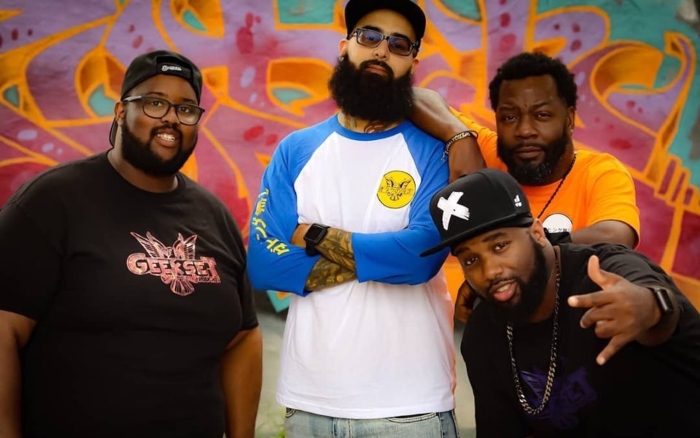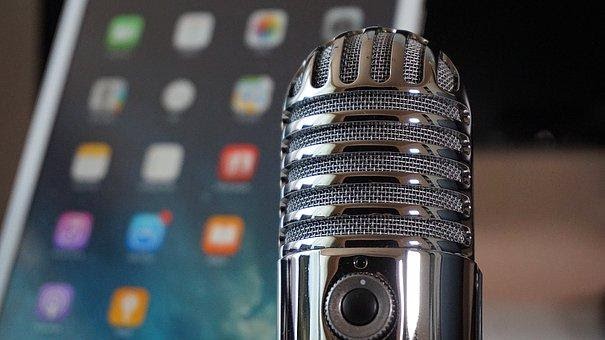Have you been looking to appeal to a wider online audience? Do you wish to introduce a new product or service to your existing customers? Perhaps you are instead simply hoping to review the latest music to hit the stores or the top fashion brands for this season. These are some of the issues which can be addressed through the use of a podcast. Podcasts are great ways to develop an organic connection with the listener as well as to put a “face to the name” in terms of branding. However, there are still a handful of useful strategies to keep in mind if you hope to maximise your efforts to their fullest capacity. How should a podcast be created? Are there any significant tips and tricks to keep in mind? Let us take a look at these and other variables so that you can capture (and maintain) the attention of your followers.
Back to the Basics: The Rules Behind a Podcast
We need to remember that unlike webinars, podcasts do not allow you to directly interact with the audience. They are instead recordings which can be distributed to your followers or accessed at a later date. Still, podcasts may also be live broadcasts (hence the similarity between the two names). Since your audience cannot ask questions and you are unable to provide responses, it is critical that your podcast is highly entertaining. This will help to ensure that the listeners pay attention throughout the session until it is over. How can you spur such interest? Here are some useful tips:
- Maintain a friendly and down-to-earth tone.
- Break down complicated subjects into sections.
- Use humour when appropriate.
- Address the audience as “you”; a great way to establish an organic connection.
- Try to limit the length of the podcast to between 30 minutes and one hour.
While some of these rules may be flexible, keep in mind that the ultimate goal is to remain appealing to the end user. You can also perform general online searches such as “Shopify how to start a podcast” in order to obtain even more useful advice.
Helpful Hints to Adopt Along the Way
All podcasts should be augmented with some type of media content. While static images and text work well, live video recordings tend to resonate the most with the end user. You can also include links to specific websites or products within the podcast in order to increase levels of end-user engagement. Another useful suggestion is to personally thank anyone who has recently made a purchase or committed to a specific service (common with websites such as Patreon).
Above all, never forget that a podcast is simply another tool within your online marketing arsenal. It should always be used in conjunction with other strategies such as social media posts, discounts, proper SEO techniques, and regular updates. If used correctly, a podcast can represent an excellent way to develop even more customer loyalty over time.
Readers Might Also Like:
 [INTERVIEW] Meet The Geekset Podcast Team: Blending Hip-Hop & Geek Culture
[INTERVIEW] Meet The Geekset Podcast Team: Blending Hip-Hop & Geek Culture
 [INTERVIEW] Back For An Encore, Akon Opens Up About His Musical Renaissance
[INTERVIEW] Back For An Encore, Akon Opens Up About His Musical Renaissance
 Every XXL Freshman Cover Since 2007 | A Detailed Breakdown
Every XXL Freshman Cover Since 2007 | A Detailed Breakdown
 How Much Do Artists Really Get Paid For Streams – A Financial Breakdown
How Much Do Artists Really Get Paid For Streams – A Financial Breakdown

